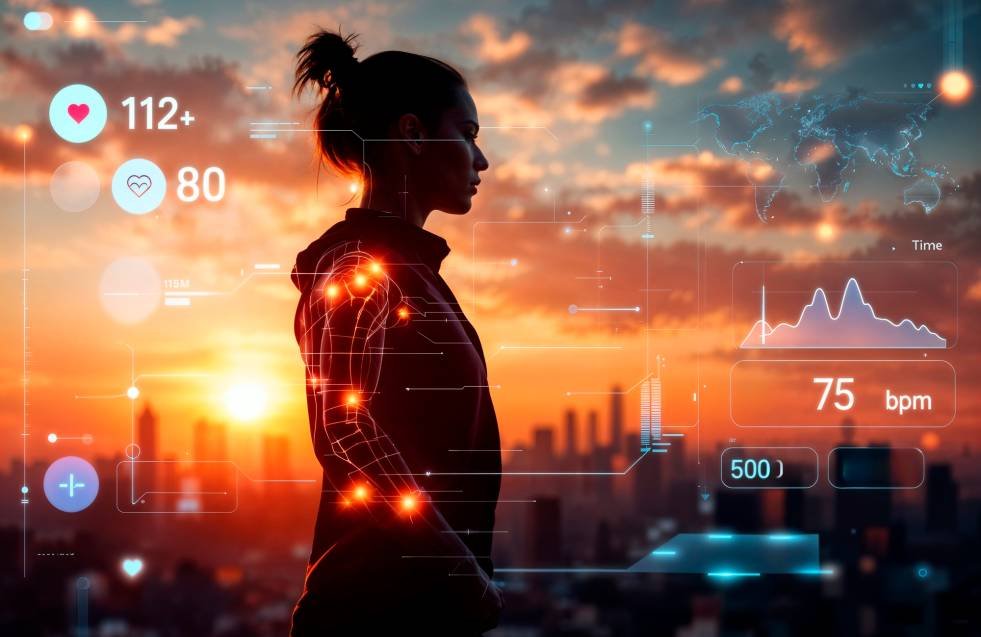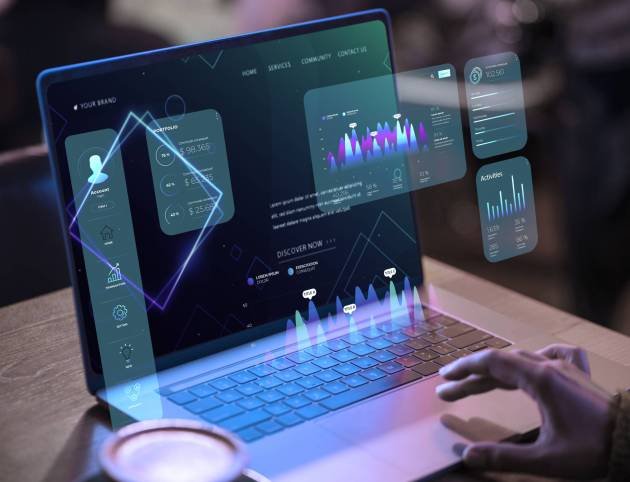Sua visão. Nossa execução. Resultados que Transformam
Não entregamos apenas algoritmos. Criamos jornadas de IA colaborativas que garantem resultados reais, seguros e alinhados aos seus objetivos.



Inteligência Artificial para decisões críticas.
Nosso compromisso é construir, de forma colaborativa, a estratégia e a tecnologia que garantirão sua liderança – seja na saúde, no esporte ou no seu setor.
Do diagnóstico inicial à escala, garantimos que cada passo seja dado com segurança, alinhamento e foco total no seu retorno sobre o investimento (ROI).
Anna Brito
DirectorQ Estudos de mercado indicam que até 80% dos projetos de Inteligência Artificial falham. Isso acontece porque a tecnologia é frequentemente tratada como um produto de prateleira, ignorando os desafios reais do negócio, a qualidade dos dados e a complexidade da integração com os processos existentes. O resultado são sistemas que não funcionam na prática e um investimento desperdiçado.
Nós mudamos essa realidade. Acreditamos que o sucesso em IA não vem de um software, mas de uma parceria profunda. Para combater as causas de falha, não vendemos soluções ‘prontas’. Em vez disso, atuamos como uma extensão da sua equipe, guiando sua organização através de uma jornada estratégica de 5 etapas.


Nossa Expertise em Ação
Aplicamos nossa metodologia para resolver desafios de alta complexidade em setores onde a precisão, a segurança e a performance são inegociáveis.

No cenário atual, adotar Inteligência Artificial não é mais uma opção, é uma necessidade. Mas a verdadeira transformação não vem de tecnologias prontas, e sim de uma parceria profunda com quem entende de IA de verdade.
Os Pilares da Nossa Parceria






Vamos Conversar?
Seja para discutir um projeto específico ou para explorar como a Inteligência Artificial pode transformar sua organização, nossa equipe de especialistas está pronta para ouvir seus desafios.




